China is looking to manufacture more pharmaceuticals in their own country, in order to care for a large and aging population. The country is already a major player in the technology space, and officials hope to direct some of that ingenuity at drug development and manufacturing.
As new medications can spend upward of a decade in development before they hit shelves, so-called ‘Made In China’ treatments won’t hit the market anytime soon. Even so, multinational pharmaceutical companies are already experiencing competition from locally-made generic drugs, whose quality is steadily increasing.
China is one of the world’s largest pharmaceutical markets – second only to the US – and lifestyle choices including increased fast food consumption and smoking, in conjunction with environmental issues such as pollution, mean more of China’s residents are developing diseases such as heart disease and cancer. There 110 million diabetics in China – the largest in the world – and according to the International Diabetes Federation, this number is expected to skyrocket to 151 million by 2040.
The largest producer of insulin – Denmark-based Novo Nordisk – has had a production facility operating in China since 1995. The company secured 63 percent of the insulin market there by 2010, however this number has been decreasing as local generic facilities gain market share.
“China is going to be tough for us for the next couple of years,” said Novo Nordisk Chief Science Officer, Mads Krogsgaard Thomsen. “Right now, the country is very focused on building domestic production.”
Chinese generics manufacturers are currently providing the country with cheaper basic insulin, along with more modern versions of the diabetes drug. China-based biotech Gan & Lee Pharmaceuticals even produce a biosimilar version of Sanofi’s insulin drug, Lantus.
According to IMS Consulting, the top 10 Chinese drugmakers saw an average growth rate of 12 percent this year, while many multinationals saw only half that. Currently, hospitals are the main player in the prescription drug market in China with 40 to 50 percent of their revenue coming from heavily marked-up off-patent prescription drugs produced outside the country.
Chinese authorities are hoping to overhaul this process by pushing for a no mark ups policy, starting in small county hospitals. Luke Miels, AstraZeneca’s global portfolio head said, “Branded generics are something that exist today, but the need for them in 10 years’ time is not going to be there.”
China’s changing climate means large foreign manufacturers will rely more on revenue from new patented medications, but in a country with only limited health insurance coverage, no one is sure how high the demand will be for expensive drugs. Some multinationals are banking on their partnerships with local manufacturers, which sell to smaller hospitals outside of urban centers where distribution costs are far more than the price of medications.
The current changes in China’s pharmaceutical market can be traced back to the change in leadership of the China Food and Drug Administration (FDA); Bi Jingquan has led the government agency since January. China’s FDA has promised to shorten the process of getting new drugs to market, along with improving the quality of locally-produced generic drugs.
“This creates lots of opportunities for local Chinese companies that have a strong focus on innovation,” said spokesman for China-based Fosun Pharma, who is in favour of the government reform. Despite the country’s shaky history in drug development, GlaxoSmithKline’s China Head of R&D, Min Li said, “There is a real chance for China to leap ahead in life sciences.”
According to Dennis Gillings, executive chairman of the contract research organization (CRO) Quintiles, the number of drugs in development by Chinese firms is climbing. “It’s probably been taking everyone a little by surprise, the sheer scale of that,” said Gillings. “As we hit the next decade in the 2020s, I’d be very surprised if there wasn’t at least a top 20, if not top 10, global pharma player that was headquartered in China.”
Sources:
- Beijing aims to refill medicine chest with ‘Made in China’ drugs – http://www.reuters.com/article/2015/11/30/us-china-pharmaceuticals-idUSKBN0TI00J20151130#Z8tJUVxJZpmduBZC.97

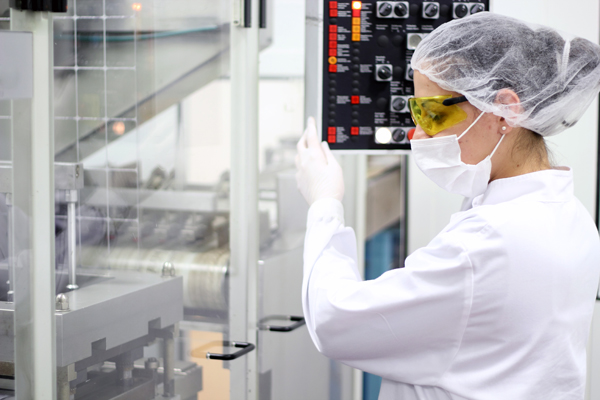
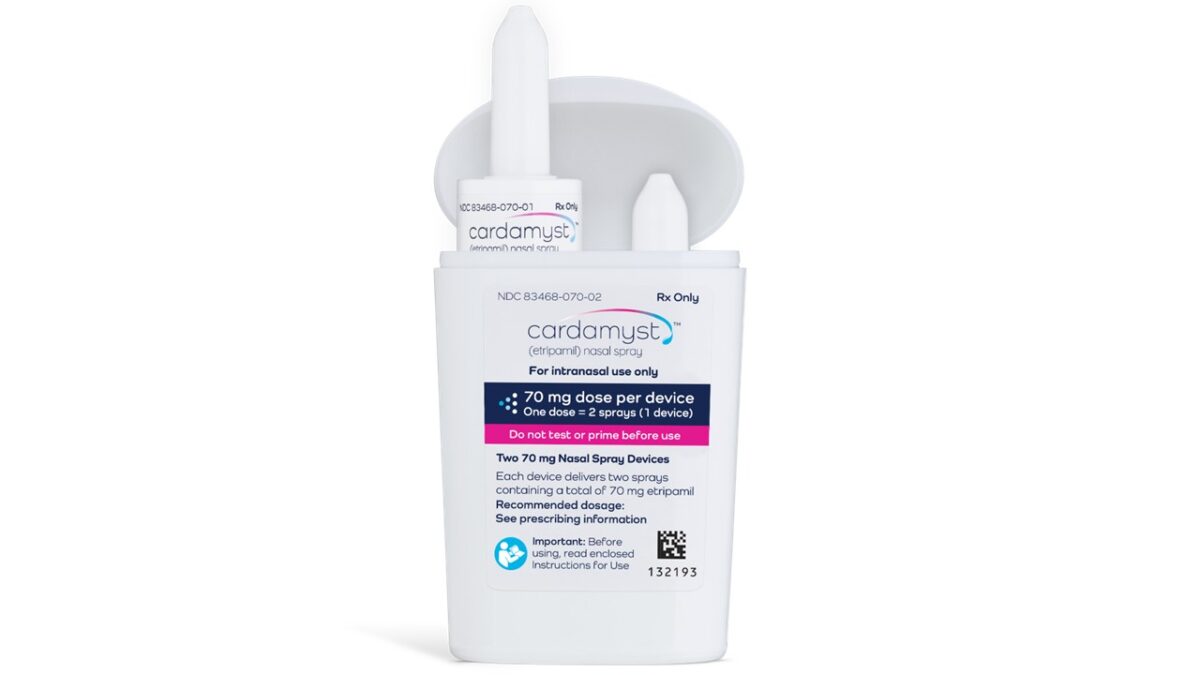
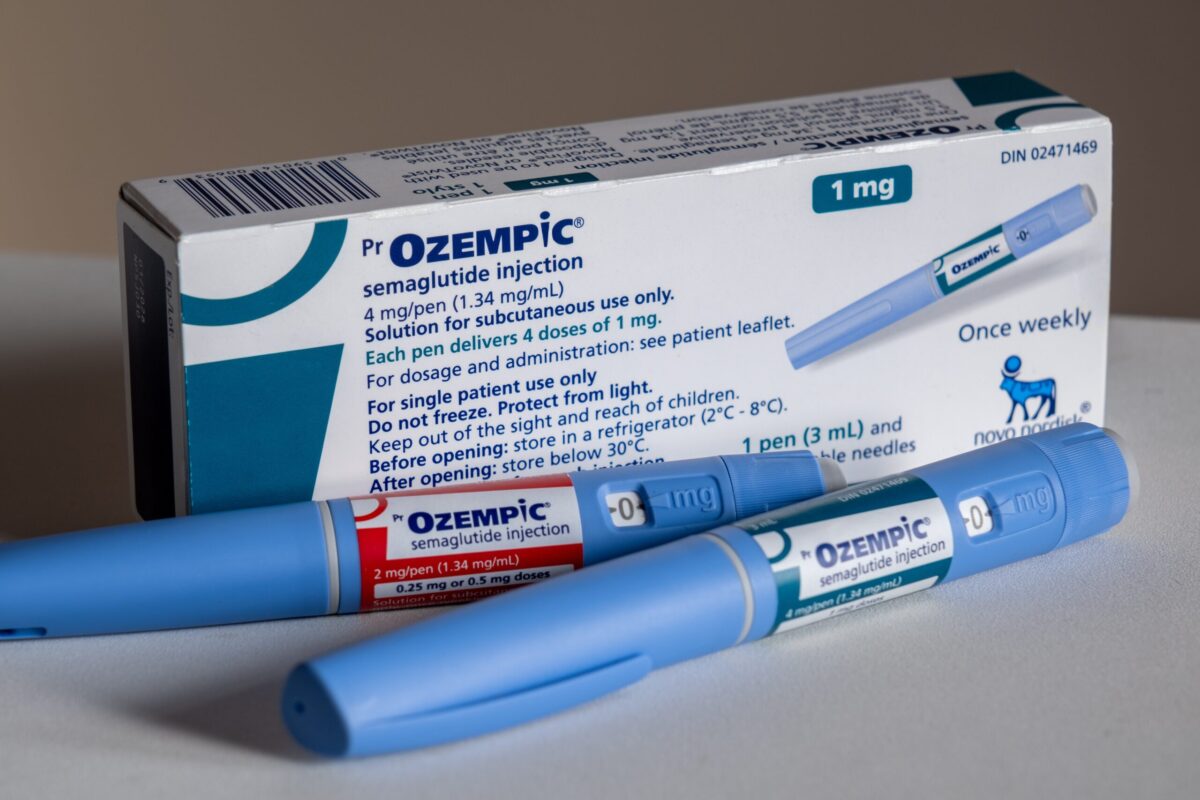
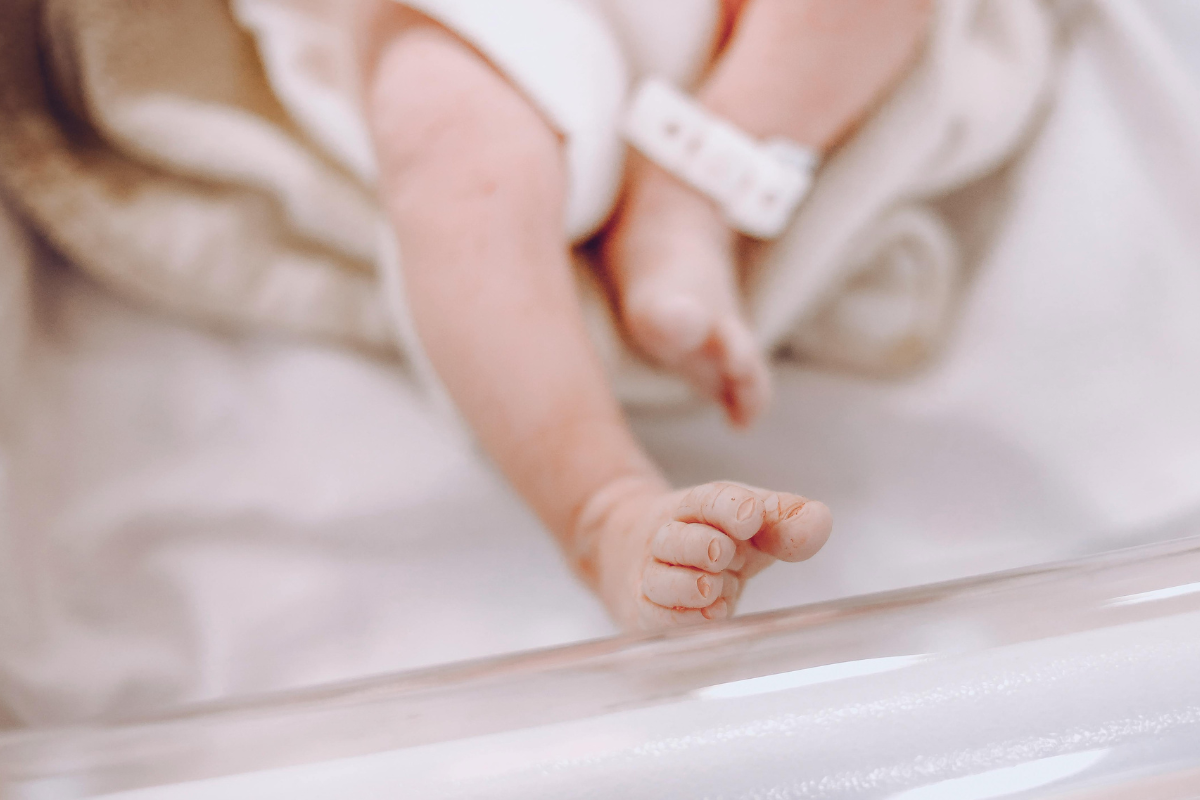

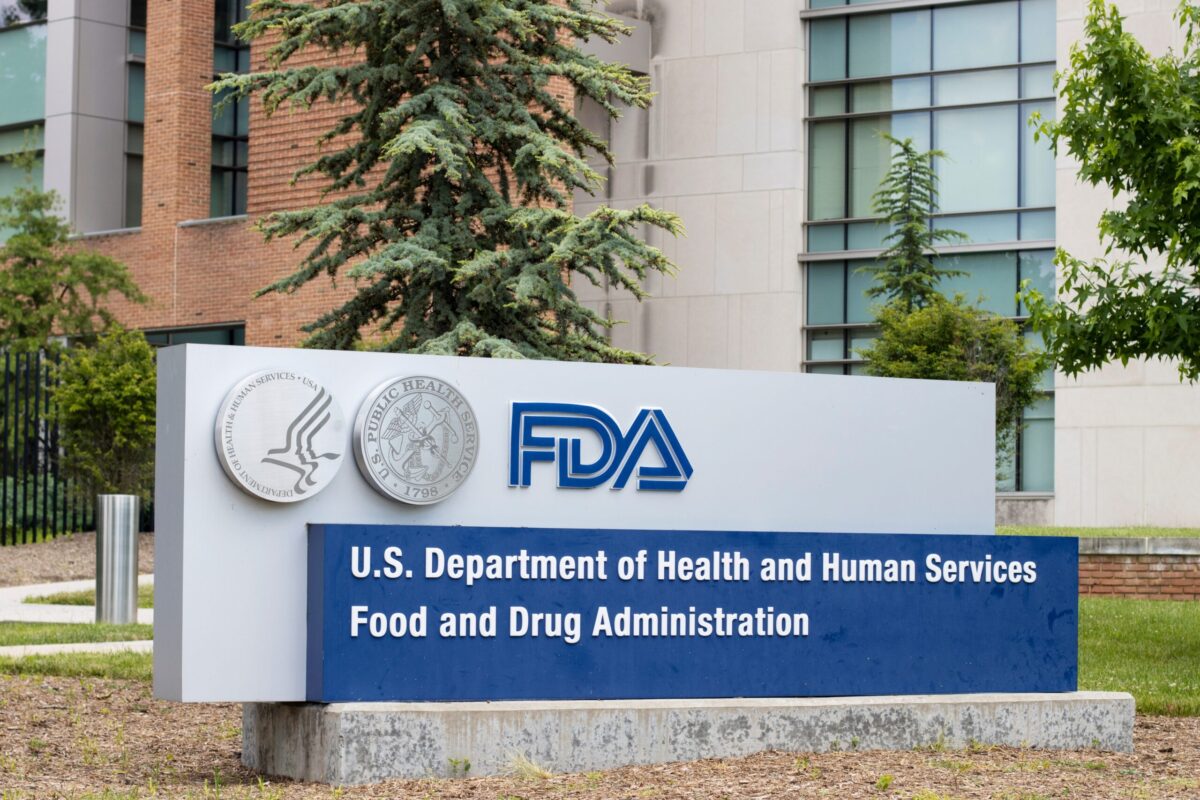





Join or login to leave a comment
JOIN LOGIN